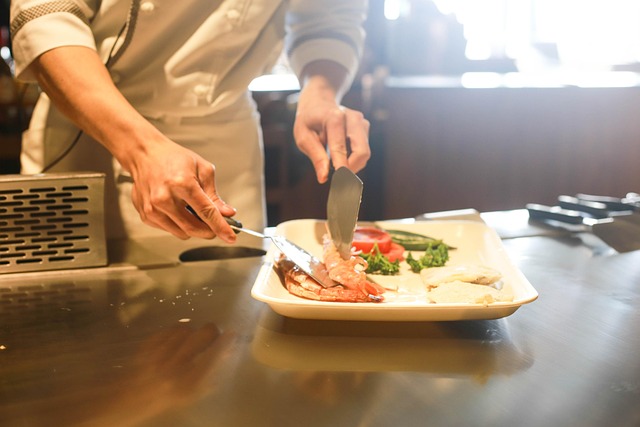Savoring the Sizzle: The Art of Dry-Aged Beef
Dry-aged beef is a culinary treasure that's captivating food enthusiasts worldwide. This time-honored technique transforms ordinary cuts into extraordinary delicacies, offering a depth of flavor that's unparalleled. Join us as we explore the fascinating world of dry-aging, from its scientific principles to its mouthwatering results.

Flavor Profile: A Symphony of Tastes
The flavor of dry-aged beef is often described as nutty, earthy, and complex. As the aging process progresses, the beef develops notes of blue cheese, mushroom, and even truffle. This unique taste is due to the concentration of glutamates, which are responsible for the savory umami flavor. The texture also changes significantly, becoming more tender and buttery. However, it’s important to note that the flavor can become too intense for some palates if aged for too long, so finding the sweet spot is crucial for optimal enjoyment.
The Art of Selection and Preparation
Not all cuts of beef are suitable for dry-aging. The best candidates are large, well-marbled cuts with a protective fat cap, such as ribeye or strip loin. These cuts have enough fat content to withstand the aging process without becoming too dry. When preparing dry-aged beef, less is often more. The complex flavors developed during aging should be allowed to shine. Simple seasoning with salt and pepper, followed by a quick sear in a hot pan or on a grill, is often all that’s needed to create a memorable dining experience.
From Niche to Mainstream: The Rise of Dry-Aged Beef
Once confined to high-end steakhouses, dry-aged beef is now finding its way into home kitchens and casual eateries. Specialty butcher shops are offering dry-aged cuts to consumers, while some enthusiasts are even experimenting with dry-aging at home using dedicated refrigerators. This trend has sparked a renewed interest in beef quality and production methods, with consumers becoming more discerning about the origin and treatment of their meat. The popularity of dry-aged beef has also led to innovations in aging techniques, including the use of different aging environments and even experimentation with aging other types of meat.
Sustainability and Ethics in Dry-Aging
As the demand for dry-aged beef grows, questions about sustainability and ethics have come to the forefront. The process of dry-aging results in a significant loss of weight due to moisture evaporation and trimming, which can be seen as wasteful. However, proponents argue that the intense flavor of dry-aged beef means that smaller portions can be satisfying, potentially reducing overall meat consumption. Additionally, the focus on quality over quantity in dry-aging aligns with broader trends towards more mindful and sustainable meat consumption. Some producers are exploring ways to utilize the trimmed portions in other products, further reducing waste.
Useful Tips & Facts
• Dry-aged beef should have a deep red or burgundy color, not brown or grey.
• The ideal temperature for dry-aging is between 34-38°F (1-3°C).
• Humidity levels during aging should be maintained between 80-85%.
• A good dry-aged steak can be up to 30% more expensive than its fresh counterpart.
• The crust that forms on dry-aged beef is trimmed away before cooking.
• Dry-aging can result in up to 30% weight loss due to moisture evaporation.
• Some restaurants are experimenting with extreme aging periods of up to 200 days.
• Dry-aged beef is best cooked to medium-rare to fully appreciate its flavors.
Conclusion
Dry-aged beef represents a perfect blend of tradition and innovation in the culinary world. Its complex flavors and tender texture offer a unique gastronomic experience that’s capturing the attention of food lovers globally. As we continue to explore and refine the art of dry-aging, we’re not just enhancing our meals, but also deepening our appreciation for the craft of meat preparation. Whether you’re a seasoned connoisseur or a curious novice, the world of dry-aged beef invites you to savor the sizzle and embark on a flavorful journey.





